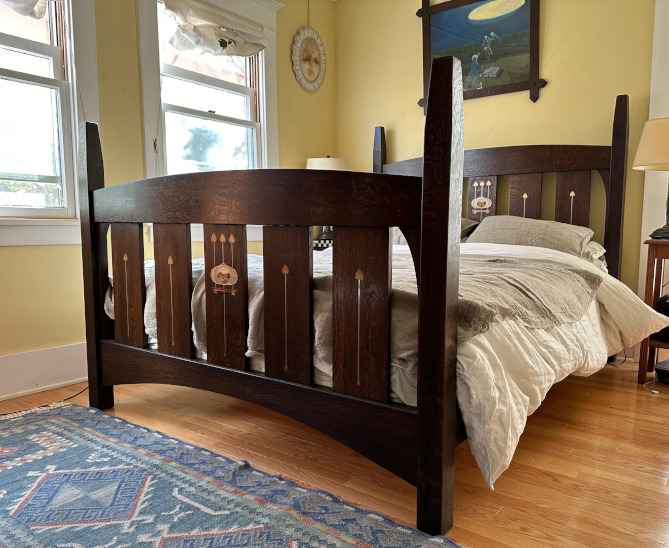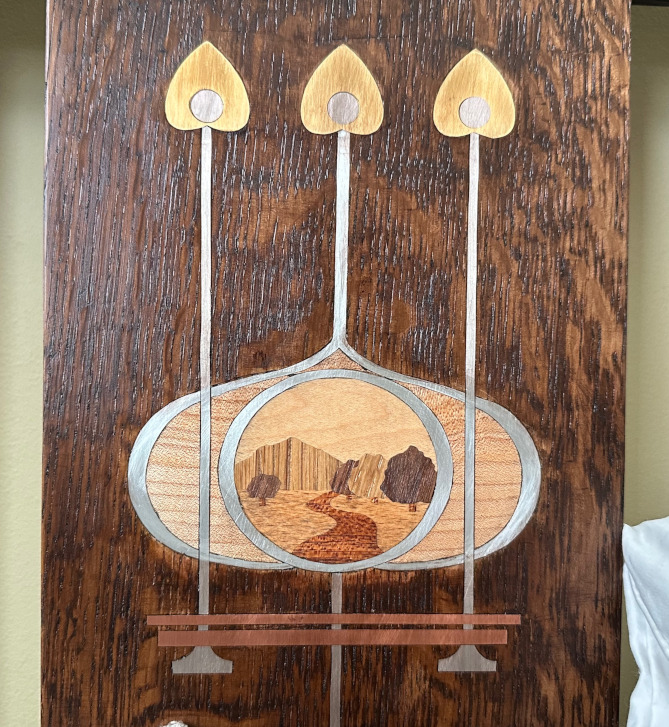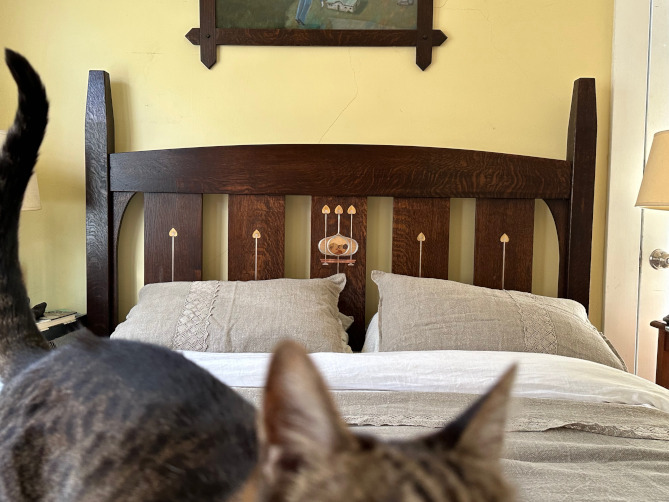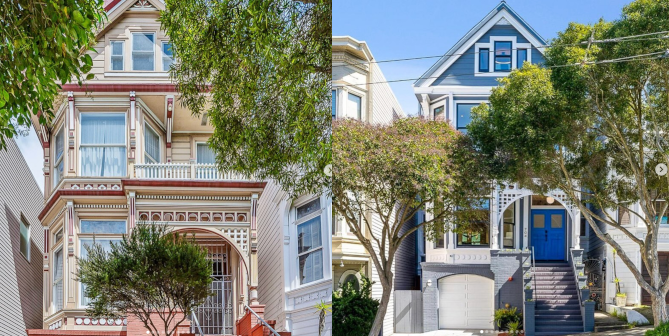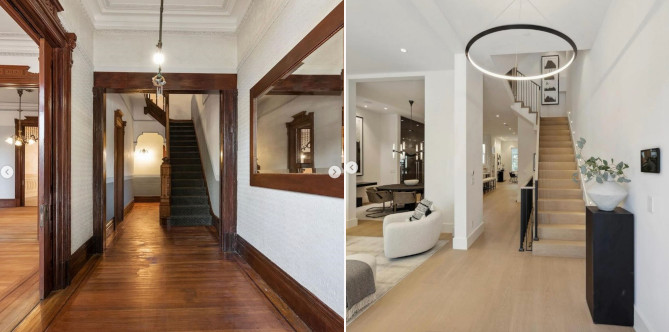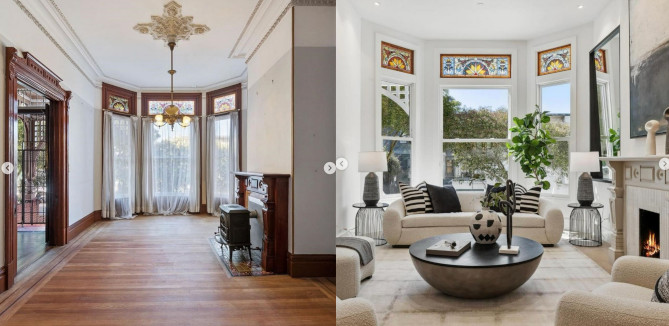
The hearing, in the court of Superior Court judge Kerry White lasted just minutes. The prosecution was seeking documents in the case which both Price’s attorney and the City Attorney are attempting to block. The judge claimed to have not seen the documents and punted the next hearing to June 5th.
It seems like the city does not want any details coming out about this case. If the case moves forward and Price is convicted he’d be the fourth councilman in recent years to live up to what Foucault once said about those seeking power ending up either in politics or prison, likely both.

